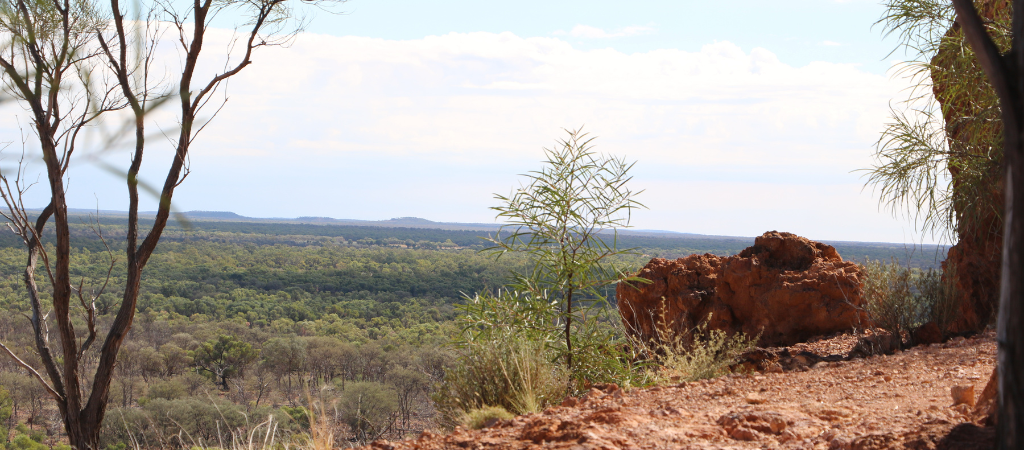Want to get ahead in your environmental science career? Start volunteering!
That’s the advice from a working Ecologist who spent a week volunteering on a fauna and flora survey with natural resource management group Southern Queensland Landscapes on Croxdale Station near Charleville.
Katherine Best said volunteering has allowed her to upskill, network, and develop perspective on environmental issues; as well as provided a platform to do the things she loves about her career choice but rarely gets an opportunity to do in the commercial world.
“I just love being in the field and being amongst it all and our week at Croxdale Station volunteering with SQ Landscapes was 100% the kind of work which made me become an ecologist in the first place,” Katherine Best said.
“In my real job I am working as a consulting ecologist and a lot of my work is based along the coast from Bundaberg to the Gold Coast and revolves around changes in land use, infrastructure upgrades, residential and commercial developments; the kind of jobs where as an ecologist you are coming in at the final stages to minimise impact and ensure compliance,” Ms Best said.
“It was great to get out into that semi-arid environment around Charleville and work on a property that is relatively untouched and whose fate has not yet been decided,” she said.
“To come in at the real beginning and try and determine what ecological values are present and what types of land use or opportunities enhance or compliment the natural values that are there.”
Having completed a Bachelor of Science majoring in Ecology, Environment and Evolution at La Trobe University, Katherine Best said volunteering has allowed her to upskill, especially in field work.
“It’s not often that I get to go out in the field and both practice and refine certain skill sets, so at Croxdale the bat surveys we took part in under the guidance of SQ Landscapes Project Delivery Lead Chris Crafter was a real opportunity for me to practise skills that are applicable but often don’t get to do in a paid role because of the nature of the commercial world where opportunities like this are few and far between,” Katherine Best said.
Networking with more senior scientists is also a very important aspect of volunteering.
“Having people in your network that you can call upon for advice or suggestions or even to facilitate certain work is really important and advantageous for your career,” Katherine Best said.
“Plus we are seeing more and more in the science community a real desire to share knowledge and build each other up. No one came into this industry wanting to see the environment trashed so why wouldn’t you share your knowledge and networks with others to help contribute to and achieve real environmental change,” Ms Best said.
“As a sector the key issues we are facing in terms of the environment and global warming are bigger than one person and we really need to utilise the network and become more collaborative and not combative to minimise and reverse human impact,” she said.
“Hearing about other work that is going on in the NRM sector, and being exposed to different strategies to enhance natural assets and preserve them is also thought provoking and inspiring; and to be involved in that really cutting edge work keeps you interested and driven to challenge yourself and be open to different approaches.”
Putting things into perspective and spending time in other people’s shoes also helps to further develop communication and the ability to transition between academia and real world applications.
“Opening yourself up to new opinions and new perspectives allows you to grow professionally. If as academics we just communicated amongst ourselves then how would we ever achieve joint shared goals with stakeholders like land managers? We just couldn’t,” Katherine Best said.
“So knowing how to communicate and the things that are important to people who don’t come from academic circles and are not conservation minded should be the primary goal of everyone working in this sector; knowing what our shared goals are and understanding that we may approach a problem from a different perspective will enable you to be thoughtful about on-ground impacts and formulate ways you can work together,” Ms Best said.
“Without that experience of volunteering, I just wouldn’t have had the chance to be exposed to a wide variety of people from all walks of life who all want to achieve the same thing I do but are coming at it from a different direction using completely different language,” she said.
Meanwhile, fellow volunteer and working Ecologist, Oliver Scully said volunteering is a useful tool to developing your overall skills as the more country you work on, the more you understand.
“Any experience in a variety of different country will help you in your overall field ecology because the more country you are exposed to the more you understand,” Oliver Scully said.
“It was also great to see that semi-arid country around the Charleville area looking in such good nick after three good seasons and volunteering at key times to capture changes like this are hugely important to getting whole of picture experience,” Mr Scully said.
“Volunteering puts you on the ground with experienced people and you see first hand the good, bad and the ugly sides of the job that you might not be shown or presented with in an advertised or paid role,” he said.
“On the flip side volunteering shows employers that you really care about what you are doing and for many organisations in this sector that are underfunded, staff who are willing to give a little more, even if the return is more experience and skills than money, are viewed more favourably when the job opportunities do come up.”
SQ Landscapes is committed to providing volunteering opportunities to students and professionals within the environmental science and natural resource management sector, particularly at its Croxdale Station facility near Charleville.
If you are interested in exploring an opportunity to volunteer with SQ Landscapes, visit https://www.sqlandscapes.org.au/careers-and-work-experience to submit your expression of interest today.
For more on Croxdale Station visit https://www.sqlandscapes.org.au/croxdale-station
*Since this story was written Katherine Best and Oliver Scully have taken on full-time roles with Southern Queensland Landscapes as an ecologist based in Charleville.
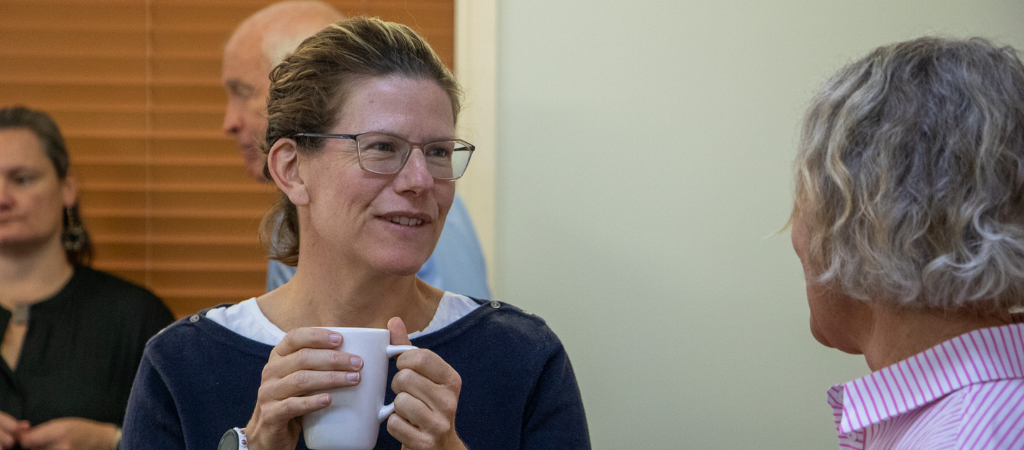
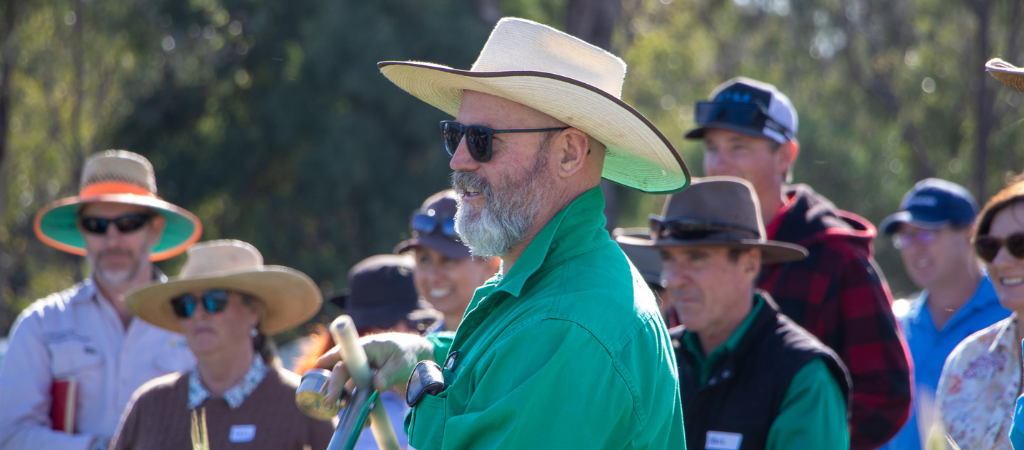
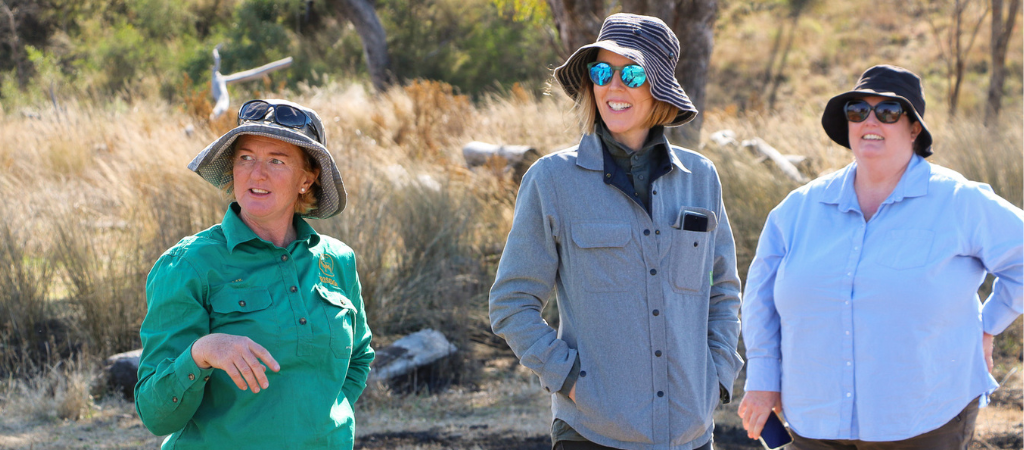
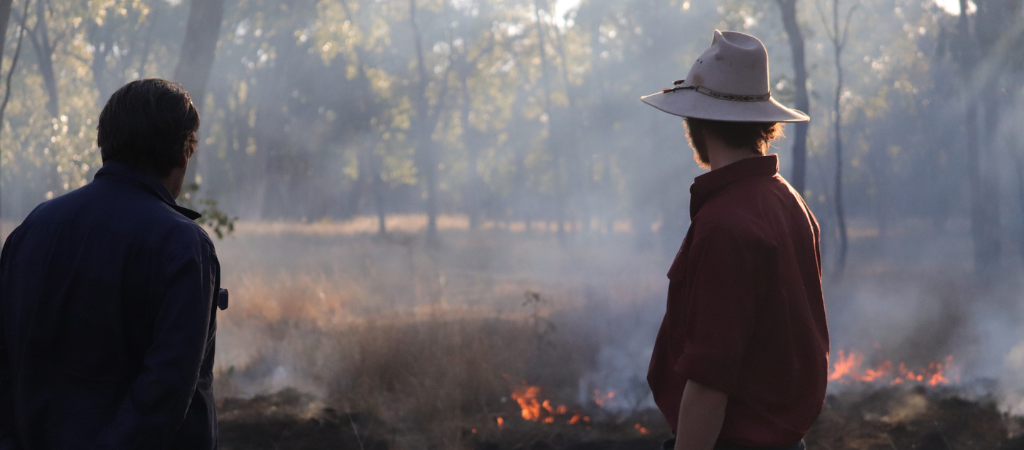

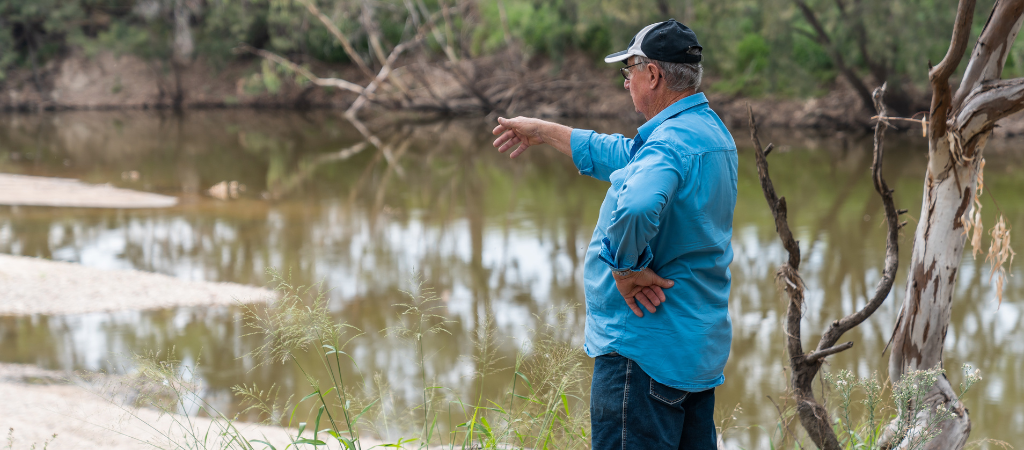
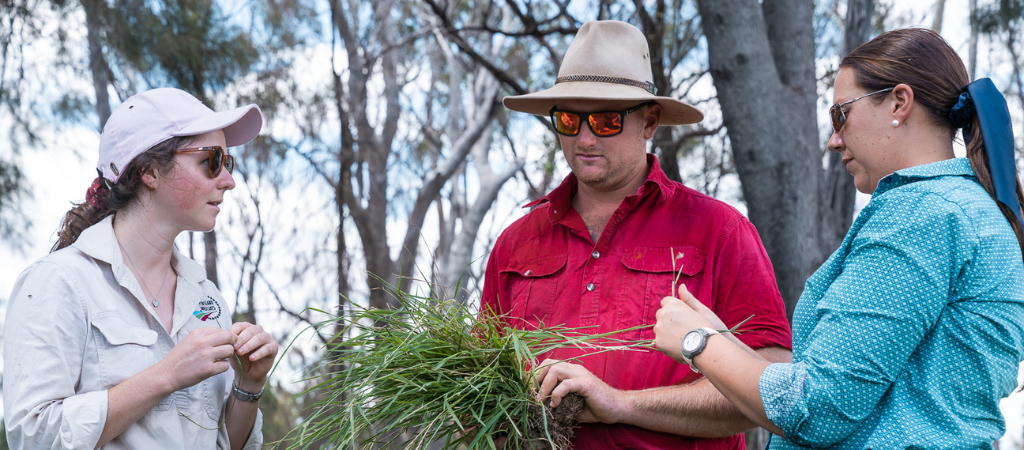

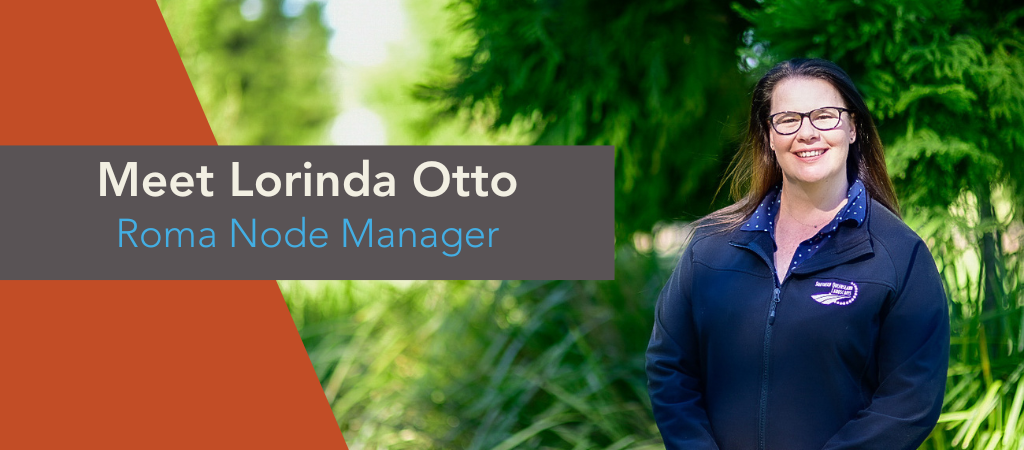
CONTACT
ADDRESS:
Toowoomba - 266 Margaret St. QLD 4350.
Roma - 21 Major St. QLD 4455.
Charleville - 92 Alfred Street. QLD 4470.
St George - 1/11 Grey Street. QLD 4487
CONNECT
LOCATIONS
- 266 Margaret St, Toowoomba City QLD 4350, Australia 266 Margaret St, Toowoomba City QLD 4350, Australia
- 21A Major St, Roma QLD 4455, Australia 21A Major St, Roma QLD 4455, Australia
- Park St, Charleville QLD 4470, Australia 92 Alfred St, Charleville QLD 4470, Australia
- 48 Stockyard St. QLD 4490. Cunnamulla, 48 Stockyard St, 4490, QLD, Australia
- 1/11 Grey Street. QLD 4487 11 Grey St, St George QLD 4487, Australia
